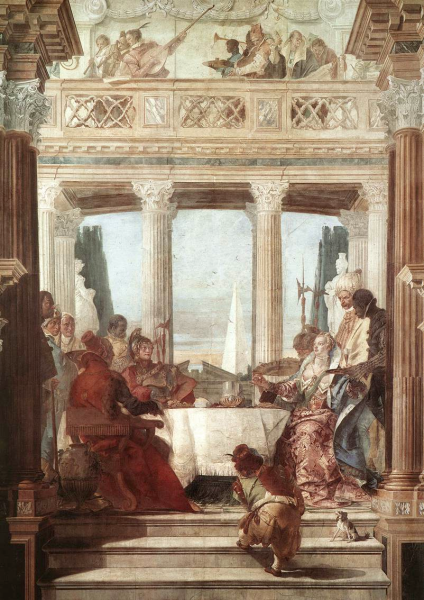- Read offline
- Access all content
- Use the in-app Map to find sites, and add custom locations (your hotel...)
- Build a list of your own favourites
- Search the contents with full-text search functionality
- ... and more!
Rococo and Neoclassical

Venice bloomed like La Traviata's Violetta on her deathbed, with a revival of talent to ease her political decline. Someone once called the 18th century the ‘vegetable period’ in art, but if everyone else made turnips, Venice created a charming, elegant stylish ratatouille that became the international fashion of its day.
The transition to iridescent light and graceful forms began with Sebastiano Ricci of Belluno, in his ceiling of San Marciliano (San Marziale). His foil was Giambattista Piazzetta, who disdained colour for chiaroscuro and dramatic zigzagging compositions.
Both proved fertile inspiration for the celebrity decorator of the Rococo era, Giambattista Tiepolo, a virtuoso master of theatrical, buoyant ceilings, narrative, heroic frescoes set in illusionist (quadrata) backgrounds (as in the Palazzo Labia) and dazzling altarpieces (Sant’Alvise). He often worked with his son Giandomenico Tiepolo, who had no heart to continue his father’s heroic style, but instead painted some highly original genre scenes (as in Ca’ Rezzonico).
Image by Giovanni Battista Tiepolo

